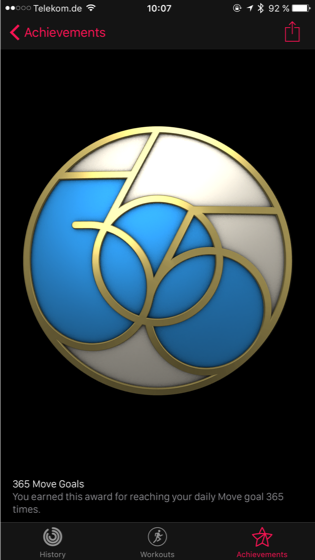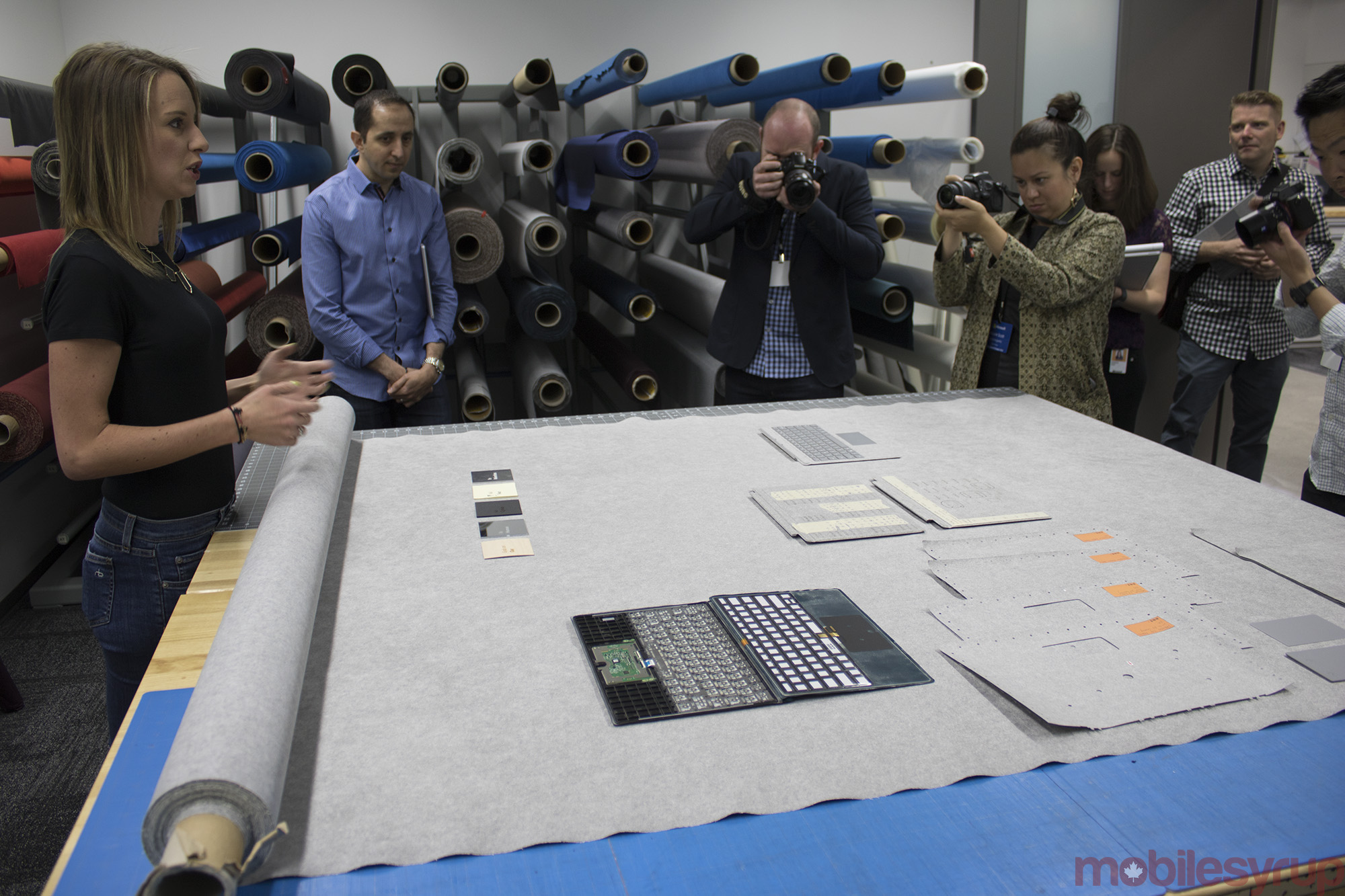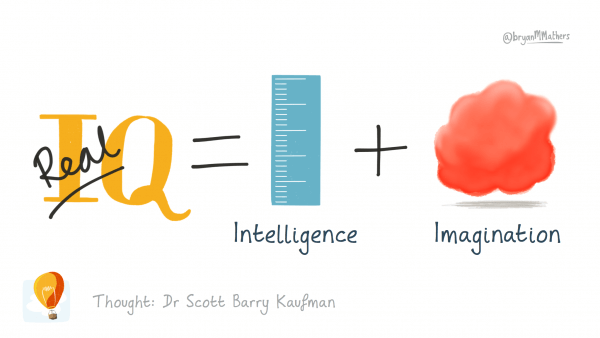Education Politics 
Officials from 11 states are suing the Obama Administration over the guidance it recently issued regarding transgender bathroom policies and civil rights law. The states: Alabama, Georgia, Louisiana, Oklahoma, Tennessee, Texas, Utah, West Virginia, Maine, Wisconsin, and Arizona. More via The New York Times.
The Department of Education has released its newly proposed guidelines for school accountability. The changes are due to the replacement of one education acronym (NCLB) with another (ESSA). More via Politico.
“Dean Dad” Matt Reed responds to Senator Alexander’s proposal to limit student loans.
“North Carolina Republicans Take Aim at State’s Historically Black and Native American Colleges” by Michael Meranze.
Via The Times Higher Education: “Which universities would lose out from Brexit?”
“The Left’s drive to push conservatives out of education reform” by The Fordham Institute’s Robert Pondiscio. And a response from Marilyn Anderson Rhames: “An Open Letter to White Conservative Education Reformers.”
Texas can breathe a sigh of relief – and really, considering Texas’ role in textbooks, everyone can – after Mary Lou Bruner lost her bid for a seat on the Texas State Board of Education. Among Bruner’s beliefs: “President Barack Obama is a gay prostitute, climate change is a hoax concocted by Karl Marx and that Obama’s health care overhaul was an orchestrated plot to wipe 200 million people from the U.S. population. She also wrote that the flood from the biblical story of Noah’s Ark is what destroyed the dinosaurs, not a meteor as ‘concocted’ by atheists.” But yes please, Fordham Institute. Tell us more about the dangers of Black Lives Matter activists getting involved in education politics.
“Thanks Obama: The Future of American Sex-Ed May Not Include Abstinence-Only Funding.”
Via the AP: “A complaint filed Tuesday with Texas education officials accuses a charter-school network of abusing a visa program to import large numbers of Turkish teachers and violating state and federal laws by paying them more than American teachers. The complaint also asserts that the network, Harmony Public Schools, skirts competitive bidding rules to award contracts to Turkish vendors.”
Via the Detroit Free Press: “Another corruption case has surfaced for the troubled Detroit Public Schools, this one involving a former grants administrator who is charged with pocketing nearly $1.3 million that was supposed to be used for tutoring services for kids.”
More on privacy legislation in the “privacy” section below.
Presidential Campaign Politics 
Investor Mark Cuban said he’d happily be the running mate for Clinton or Trump.
Via The Chronicle of Higher Education: “Donald Trump and Higher Ed.”
Since he’s no longer running for President, Jeb Bush says he is retaking the reigns of his education organization Foundation for Excellence in Education.
Education in the Courts 
I was recently informed that my pointing out the relationships between politics, tech investors, and their investment portfolio constitutes an “ad hominem” attack. But you’re full of fallacy yourself if you think that’s going to stop me from making critiques about this industry. Good grief. And while this isn’t directly related to education, it’s one of the most important stories from the tech industry this week (one that certainly could have major implications on my ability to do my research and writing): that is, Paypal co-founder Peter Thiel apparently bankrolled the recent libel lawsuit that Hulk Hogan won against Gawker, using his vast wealth to – he hoped – put the publication out of business. More via The New York Times here and here and here and here. Here’s media reporter Mathew Ingram’s take (and there are lots of takes out there. My god. The takes). In addition to funding this lawsuit, Thiel sits on the board of Facebook, which itself is playing a huge role in the “future of news.” Thiel also a Trump supporter and will be a delegate at the upcoming Republican convention. (And Trump, for his part, also wants to make it easier to sue journalists for libel.) For those keeping score at home, here are Peter Thiel’s ed-tech investments (in addition to his “I’ll pay you to drop out of college” fellowship program, of course): Clever, Lore, Thinkful, Declara, and SoFi. He’s a partner at Founders Fund, which has invested in Knewton, AltSchool, Uversity, ResearchGate, If You Can, Upstart, Declara, and Affirm. But that’s all ad hominem and is irrelevant to the future of education. You wish.
Via Boing Boing: “JJ Abrams urges Paramount to drop its lawsuit over fan Star Trek movie.” The lawsuit in question involves Paramount’s claim that the Klingon language is copyrightable.
And speaking of copyrighting a language of a warlike people, the Oracle v Google case had its closing arguments this week. On Thursday, the judge gave Google the victory, ruling that the company’s use of the Java API fell under fair use provisions.
Not sure if this should go in the “politics” or “legal” or “HR” section, but I’ll stick it here. “California’s teacher tenure battle is reignited by Vergara appeal and a new bill,” The LA Times reports.
Testing, Testing… 
“Common Core testing group wages aggressive campaign against critics on social media,” according to The Washington Post’s Valerie Strauss.
“ACT said Monday that students with disabilities who apply for accommodations on the college entrance exam ‘will soon benefit from a new system that will simplify and speed up the application process,’” Politico reports.
Via The US News & World Report: “The View From a Testing Giant.” (That giant: Pearson, of course.)
Online Education (The Once and Future “MOOC”) 
MOOCs for credit! FutureLearn announced that two UK universities – the University of Leeds and the Open University – will offer MOOCs that will be accepted for college credit. “In the Leeds offering, for example, each course certificate will cost £59 and there are five taught courses; the sixth assessment course, which leads to 10 credits, is priced at £250 – making a total cost of £545 – which will also cover access to online library content,” The Guardian reports. (It’ll be interesting to see if this offering is any more popular or any more successful than similar attempts in the US.)
Phil Hill in The Chronicle of Higher Education: “Distance Ed’s Second Act.”
Coding Bootcamps (and The Once and Future “For-Profit Higher Ed”) 
Elsewhere in for-profit higher ed: “Veterans Groups Seek a Crackdown on Deceptive Colleges,” The New York Times reports.
Not for profit but still a scam, part 1: Via Inside Higher Ed: “A Sting and a Sham College” – on Homeland Security’s fake school, the University of Northern New Jersey, as well as other (real?) schools charged with financial aid and visa fraud.
Not for profit but still a scam, part 2: Speaking of fraud, Buzzfeed's Molly Hensley-Clancy writes about the visa mill Northwestern Polytechnic University.
Meanwhile on Campus 
“Title IX: Tracking Sexual Assault Investigations.”
“Drinking milk at school while black: Student arrested for larceny over 65-cent milk and racism.”
“Where Does the Regional State University Go From Here?” That is, how do small public universities continue to serve their local populations in the face of dwindling state support?
Via The New York Times: “Halal Guys to Donate $30,000 to LaGuardia Community College.”
Well, this was off campus, not on-: “California lake trashed, University of Oregon students suspected.” Go Ducks.
Also off campus, not on-: “Unemployed Detroit Residents Are Trapped by a Digital Divide.”
Via NPR: “Bethune-Cookman Students Still Reeling From A Year That Saw 13 Shooting Victims.”
Via The New York Times: “Group Urging Free Tuition at Harvard Fails to Win Seats on Board.”
Accreditation and Certification 
From IMS Global: “Competency-Based Education and Extended Transcripts: IMS Global Learning Consortium Enabling Better Digital Credentialing.”
“Making” for credit.
For more on MOOCs for credit, see the “MOOCs” section above.
Go, School Sports Team! 
Via The Chronicle of Higher Education: “Baylor University has moved to fire its head football coach, Art Briles, according to a statement from the Texas institution. In addition, Baylor said that Kenneth W. Starr, the university’s president, would be removed but would retain the more-ceremonial role of chancellor. Finally, the athletic director, Ian McCaw, has been ‘sanctioned and placed on probation.’” This all comes after scrutiny into how the university handled sexual assaults involving its football team members. More on this story via Inside Higher Ed.
From the HR Department 
“Maria Harper-Marinick’s appointment as chancellor of Maricopa Community Colleges on May 4 has been called historic because she is the first female and first Latina higher-education chancellor in Arizona,” The Chronicle of Higher Education reports.
DeVry University has a new CEO: Lisa Wardell.
Via The Chronicle of Higher Education: “Nontenure-Track Faculty at Ithaca College Forms a Union.” And “Adjuncts Vote to Unionize at Saint Louis U.”
Also via The Chronicle: “Faculty Strike Begins at Green River Community College.”
Via The Guardian: “UK university lecturers strike over pay.”
Meanwhile: “Professor Angelina Jolie Pitt.”
“Employees at community colleges may be the most affected by the Obama administration’s new rules for overtime pay, especially as the sector continues to see dwindling resources from their states,” says Inside Higher Ed.
Venture capitalist #hottake: “Think Students Are Unhappy With Higher Education? Try Employers.”
For updates on the latest firings at Baylor, see the “sports” section above.
Commencement and Awards 
Congratulations, Class of 2016, from The New Yorker:
In other graduation headlines: “Chancellor Is Criticized for Cellphone Use During Commencement.” High school valedictorian blocked from participating in his own graduation because he has a goatee.
Upgrades and Downgrades 
“Gates Foundation CEO Admits Underestimating Common-Core Challenges.”
“Curriculet Closes Shop,” Edsurge reports. The Common Core aligned reading software maker had raised $1.8 million.
Who’s keeping track of how many times The New York Times has gotten into (and gotten out of) the education business?
“LEGO Products Are Becoming More Violent.”
Trends to watch: Chinese investment in ed-tech. Elsewhere, The Wall Street Journal on education in China: “One Chinese Entrepreneur’s Prescription for More Innovation: Less Schooling.”
Trends to watch: investors’ interest in English language learning (software). e.g. “Supporting English Language Learners with Next-Gen Tools.”
Trends to watch: the demise of journalism. See also: Peter Thiel versus the First Amendment in the “courts” section above.
OpenStax has been striking a lot of vendor deals recently, no? This week: “OpenStax Partners with panOpen to Expand OER Access.”
Via Ars Technica: “Queen’s Brian May unveils Owl VR: His Victorian take on Google Cardboard.” Admitting that a lot of this VR hype is actually just a repackaging of the ol' stereoscope makes a ton of sense, to be honest.
Via Quartz: “Even Apple is acknowledging that the ‘iPads in education’ fad is coming to an end.” It’s a nice headline, but nowhere in the story does Apple acknowledge this.
Via Bloomberg Technology: “How Thync, Startup Behind Brain-Zapping Gadget, Almost Died.”
Via EdWeek’s Market Brief: “Understanding Ed-Tech Product Pricing, for Educators and Entrepreneurs.”
Via the BBC: “Microsoft accused of Windows 10 upgrade ‘nasty trick’.”
Via Campus Technology: “Moodle Intros Full Support for Competency-Based Ed.”
The “craziest” black market in Russia, according to Slate at least, is for dissertations.
Funding and Acquisitions (The Business of Ed-Tech) 
Skillshare has raised $12 million in a Series B round of funding. Investors include Amasia, Omidyar Network, Union Square Ventures, and Spark Capital. Described by its founder as a "marketplace of 'bite-sized, self-paced courses for creators,'" Skillshare has raised $22.75 million total.
Accelerate Learning has raised $10 million from Owl Ventures. Its Crunchbase description is great: “TX-based edtech company.” So you can see why investors were so eager.
“Investors Put $2.3M in Bloomz, a School Communication App That Can Satiate Helicopter Parents,” Edsurge reports. Investors include 8VC, ffVenture Capital, Founder’s Co-op, CorrelationVC, Wisemont Capital, and Acequia Capital. The company has raised previous rounds of venture capital, but neither the names of those investors nor the amounts have been disclosed.
Via Inside Higher Ed: “Becker Professional Education, a subsidiary of DeVry Education Group, this week announced it is buying the Association of Certified Anti-Money Laundering Specialists for $330 million.” In other DeVry news, see the HR section above.
VIF International Education has acquired Participate Learning. Terms of the deal were not disclosed.
The Monster at the End of Ed-Tech (via The New Yorker): “Inside the Venture-Capital Arm of ‘Sesame Street.’”
Data, Privacy, and Surveillance 
“Digital Redlining, Access, and Privacy” by Chris Gilliard and Hugh Culik.
WaPo on “data walls”: “This ed-reform trend is supposed to motivate students. Instead, it shames them.”
Via ProPublica: “There’s software used across the country to predict future criminals. And it’s biased against blacks.” I’m sure predictive modeling and algorithms in education are totally bias-free tho. Just like education itself. (More details on ProPublica’s research.)
Via Edsurge: “Edtech’s Next Significant Impact: Health and Wellness.” So that should be fun for the future of data and privacy.
Via The Washington Post: “Terrorist or pedophile? This start-up says it can out secrets by analyzing faces.”
“Google aims to kill passwords by the end of this year,” says The Guardian. The notion of biometrics instead of passwords is a terrible idea, and let’s hope it never comes to Google Apps for Education where schools will love it (at the expense of student and staff privacy, of course).
Via El Paso Inc: “In mid-April, computer hackers had five days’ access to the personal data of a reported 51 El Paso Independent School District employees and were able to redirect their April 15 paychecks.”
Via The Kansas City Star: “Rockhurst University is sued over data breach in phishing scam.”
From the NASBE: “Trends in Student Data Privacy Bills in 2016.”
Data and “Research” 
“Misunderstanding Medicated Kids” by Malcolm Harris.
“Key Tensions in the Field of Learning Analytics” by Bodong Chen.
Via Medical Daily: “Media Multitasking Is Linked To Poor Academic Abilities And Impulsive Behavior In Children.”
Via The Hechinger Report: “More than five years after adopting Common Core, Kentucky’s black-white achievement gap is widening.”
’Tis the season for publishing books on “grit.” Via NPR: “Teaching The Intangibles: How To Ingrain ‘Grit’ In Students.”
Via Vox: “Do white people want merit-based admissions policies? Depends on who their competition is.”
Speaking of Vox, this list of “smart facts about intelligence” does not include the fact that Vox explainers are the worst.
Phil Hill has data on schools (in the US and Canada) that move from one LMS to another (or stick with their current vendor, as the case may be).
“Blackboard’s Online Learning Trend Report” by Blackboard. A screenshot (accompanied by a lack of taking any responsibility for these problems):

“Only 16% Of Teachers Say Their Schools’ Tech Integration Deserves An ‘A’” makes for a great headline in a publication called BusinessSolutions, don’t you think?
“Higher ed enrollments decline. Again,” Bryan Alexander observes, drawing on National Student Clearinghouse Research Center data.
Via The Salt Lake Tribune: “Utah charter schools move millions of public dollars to the coffers of a few private companies.”
You know how you can tell that blockchain people are the most innovative ever? They don’t even write white-papers, man. They write rainbow papers. Whoa. That’s so intense. (Elsewhere in blockchain-related research: “Blockchain Startup Investment Bounces Back,” says CB Insights, despite ongoing legal issues… but when has that ever stopped venture capital, am I right?)
Icon credits: The Noun Project







 Last year right around this time, Google officially announced Photos, a brand new, cloud-based storage option for photos and videos.
Last year right around this time, Google officially announced Photos, a brand new, cloud-based storage option for photos and videos.


















